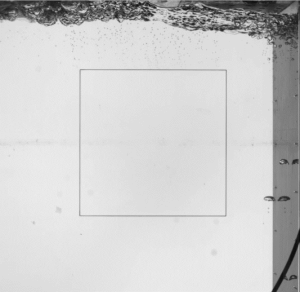Projects Wave Structure Interaction
Numerical and experimental investigations of hydroelastic effects of very large moored and mechanically coupled multibody offshore floating structures
Data
Involved Researcher:
Dr.-Ing. Changqing Jiang
Supervisor:
Prof. Dr.-Ing. Bettar el Moctar
Funding:

Project Partner:
- Prof. Dr. Guiyong Zhang,
Dalian University of Technology
Project Information
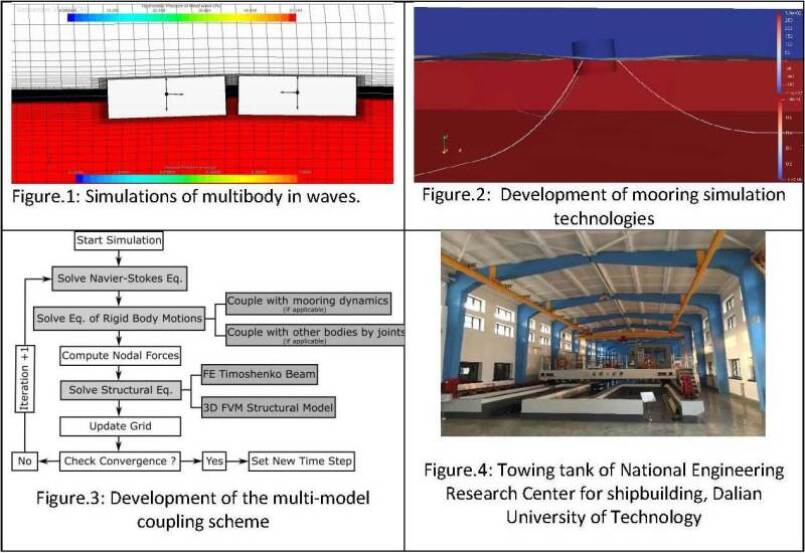
The main objective of this project is to further develop and use advanced experimental and numerical methods to investigate hydroelasticity effects on wave-induced loads, and the associated global structural responses of very large floating structures (VLFSs), moored in shallow waters. As VLFSs are exposed to various critical environmental conditions from waves, wind, and current, they may be subject to wave-induced impact (whipping) and resonant (springing) excitations. Anchored with soft moorings, large amplitude slowly varying motions generally occur, causing low-frequency fatigue damage of mooring components. To accurately tackle the problem of hydroelasticity for VLFSs, interactions between strongly nonlinear flow phenomena, the floating structure itself, its mooring system, and the mechanical coupling systems will be considered. In this project, these effects are extensively investigated, experimentally and numerically. The approach couples a Navier-Stokes-based flow simulation code with a structural solver that includes the dynamics of mooring lines and mechanical coupling systems. Further on, results of this project may contribute towards the development of VLFSs under extreme conditions that need to be considered to ensure their operability and safety.
Development of a controlled system for damping of critical fluid motions in swimming-pools on ships at sea (SloshControl)
Data
Involved Researchers:
Jasmin Stöcker
Yan Qi
Supervisors:
Prof. Dr.-Ing. Bettar el Moctar
Dr.-Ing. Jens Neugebauer
Funding:
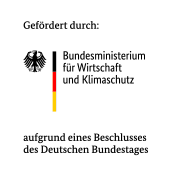
Project Management Organization:

Project Partner:
Project Information
The objective of this project was to develop active flow control methods to minimize sloshing in swimming pools induced by the ship‘s motions in seaways. First, a mathematical model based on the shallow water equations to predict the free surface motions in swimming pools as function of the ship's motions was developed. Second, a concept for active dampers and stepped control algorithms were developed and validated.
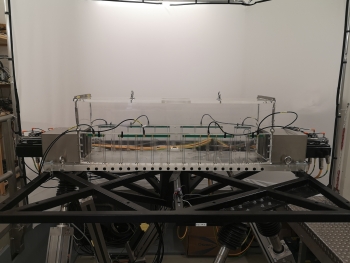
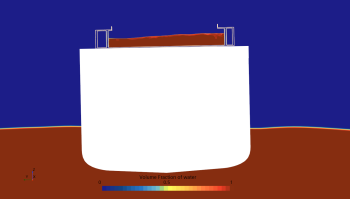
Experimental investigation (at the left) and numerical investigation of active damping of Sloshing in a swimming pool (at the right).
Evolutionary safety concepts of light helicopters in the event of fire and emergency ditching (EvoS-BraWa)
Data
Involved Researchers:
Simon Tödter
Eduardo Katsuno
Supervisors:
Prof. Dr.-Ing. Bettar el Moctar
Dr.-Ing. Andreas Peters
Funding:
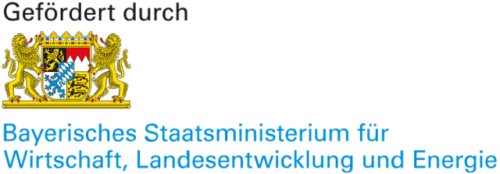
Project Lead Partner:

Project Partner:
Project Information
This project deals with the dynamic stability of light helicopters and their ability to ditch in distress. The main objective here is to further develop a numerical method to assess the hydroelasticity-plasticity effects on impact loads during the emergency ditching and the dynamic floating stability of helicopters in irregular steep waves. To validate the method, extensive experimental investigations are conducted.
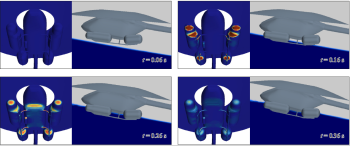
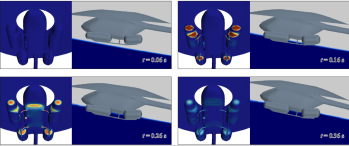
Simulation of an emergency ditching of a helicopter.
Investigation of hydroelastic effects and ventilation on slamming loads
Data
Involved Researcher:
Simon Tödter
Supervisor:
Prof. Dr.-Ing. Bettar el Moctar
Funding:


Project Information
Ships and offshore structures are exposed to high wave-induced shock loads in heavy seas. These slamming loads can lead to local structural damage and to a significant increase in global loads. Furthermore, they can induce vibrations and thus affect the comfort of a ship's passenger and crew. Within the framework of this project, slamming loads will be experimentally investigated taking into account hydroelastic effects. The overall goal is to gain a detailed understanding of the immersion process and associated shock loads as a function of varying parameters.
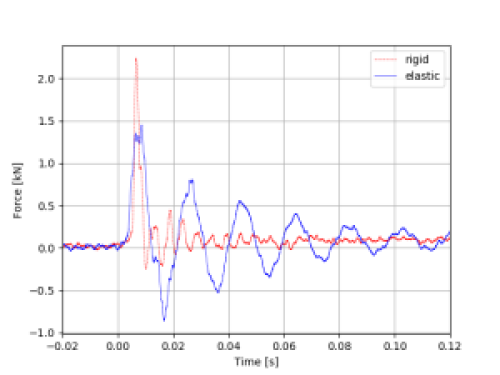
Numerical investigation of the interaction between sloshing and the pump tower
Data
Involved Researcher:
Michael Thome
Supervisor:
Prof. Dr.-Ing. Bettar el Moctar
Funding:

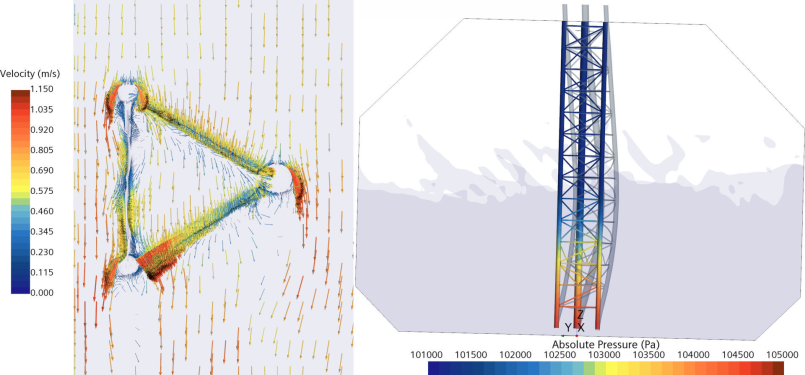
Project Information
Within the framework of this project, the interaction between sloshing and the effects on the structure of a pump tower in a partially filled tank is investigated. The velocity field, the free surface, the sloshing-induced pressures impinging on the tank's walls, and the tower loads are calculated using an appropriate numerical method. An octagonal test tank is used for the investigations.
Experimental and numerical investigation of vortex-induced oscillations of cylindrical bodies
Data
Involved Researcher:
Simon Tödter
Supervisor:
Prof. Dr.-Ing. Bettar el Moctar
Funding:

Project Information
Offshore wind turbine towers are often stored vertically in ports before being loaded on deck of an installation vessel. At certain wind speeds, these towers are subject to vortex-induced osciliations and can lose up to a third of their fatigue life within only a few days. The aim of this project is to develop passive wind flow control methods for offshore wind turbine towers and to investigate their effectiveness experimentally.
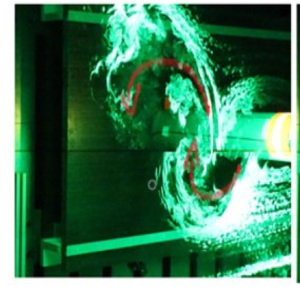
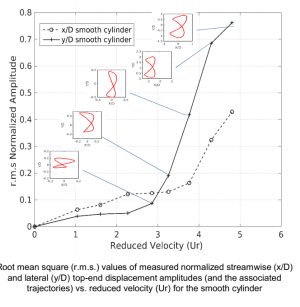
Investigation of sloshing in partially filled tanks considering density ratio and phase transition effects
Data
Involved Researcher:
Dr.-Ing. Andreas Peters
Supervisor:
Prof. Dr.-Ing. Bettar el Moctar
Funding:

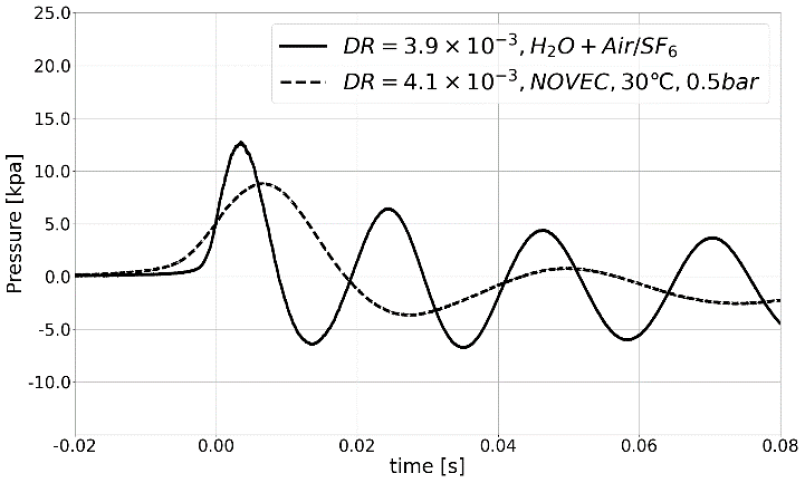
Project Information
The main objective of this project, funded by the DFG, is to carry out a dedicated experimental investigation on the influence of phase transition and density ratio between gas and liquid phases on sloshing and sloshing induced loads. For this purpose, a test tank is designed and an experimental procedure is developed which allows the use of water as the liquid phase at an ambient temperature with air or a gas mixture of high density, as the gas phase. Further on, boiling liquids under reduced pressure are used to investigate the phase transition effects. The experimental setup will allow the measurement of the free surface behavior by means of high-speed video recordings and the flow velocities in the tank using Particle Image Velocimetry (PIV). Pressures on the tank's walls are measured by flush-fitting miniature pressure sensors. For the different model fluids, several experiments with various tank motions and impact scenarios are performed. A broad base of test results to deeply analyze the influence of density ratio and phase transition is generated. The understanding of the effects will lead to a long-term improvement of the prediction of sloshing loads in full scale.
